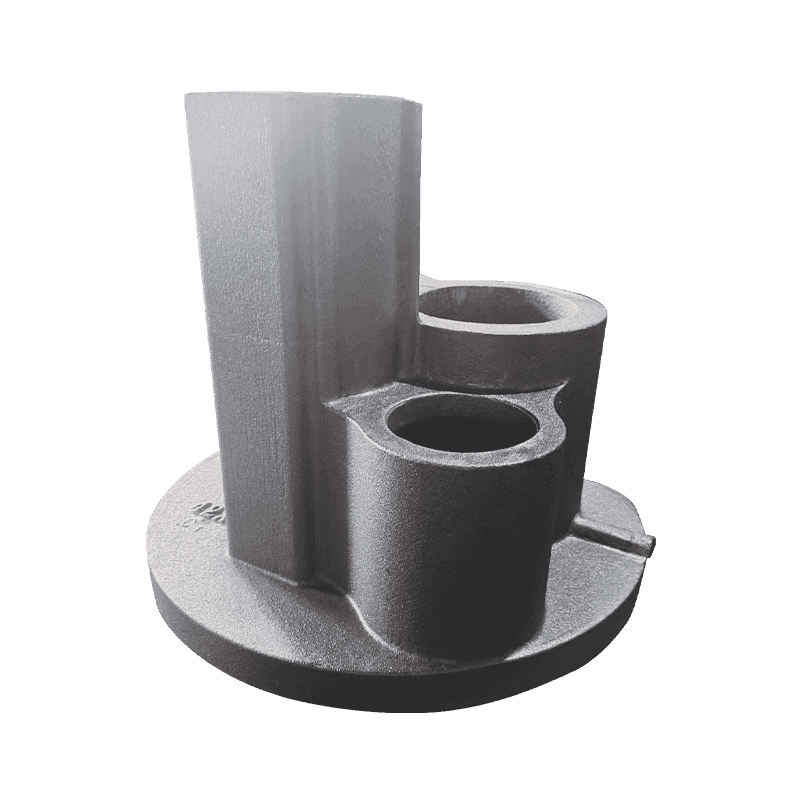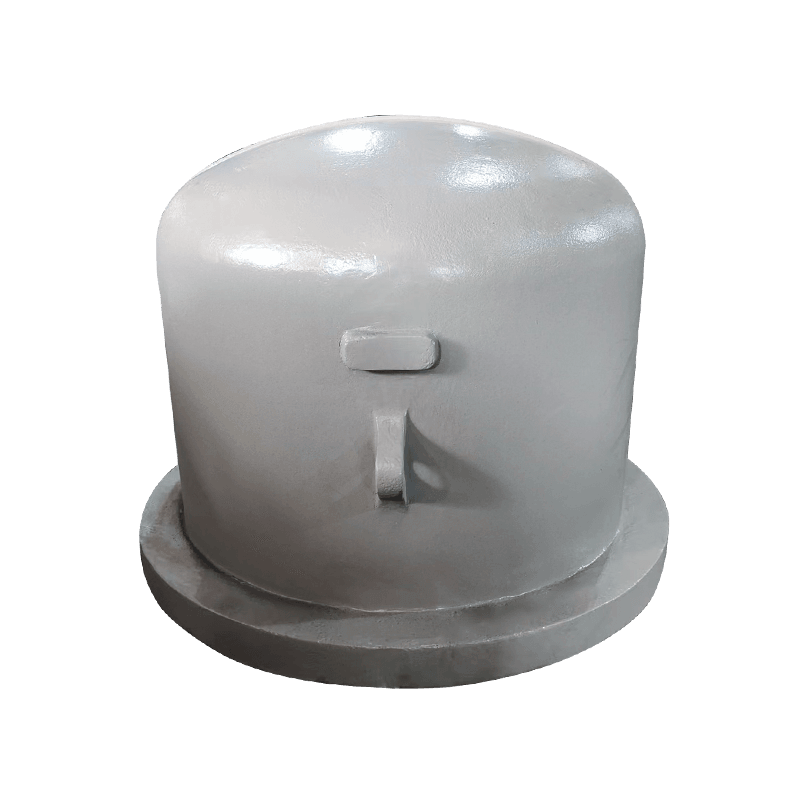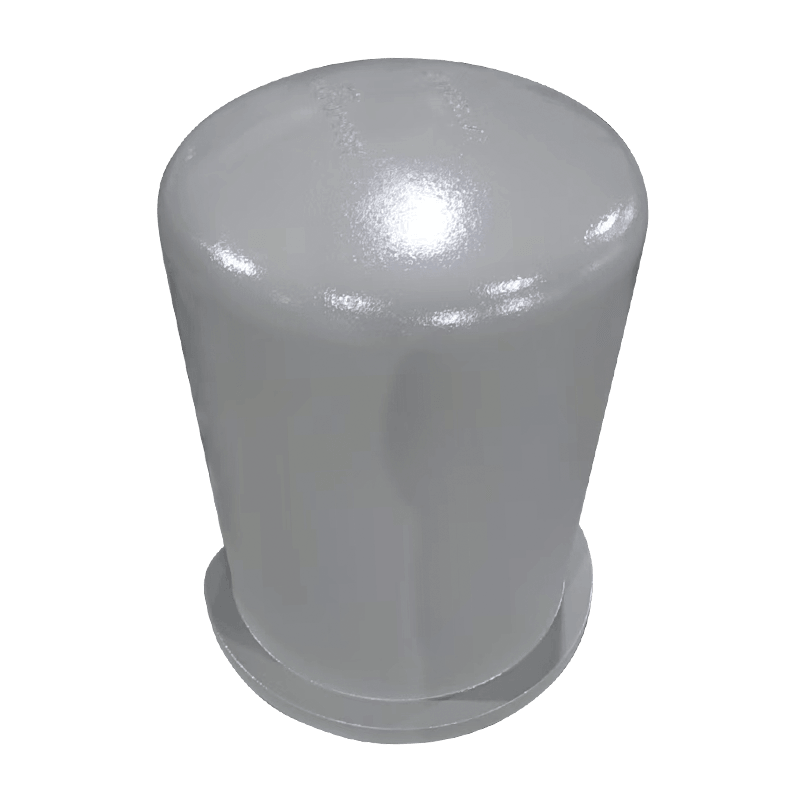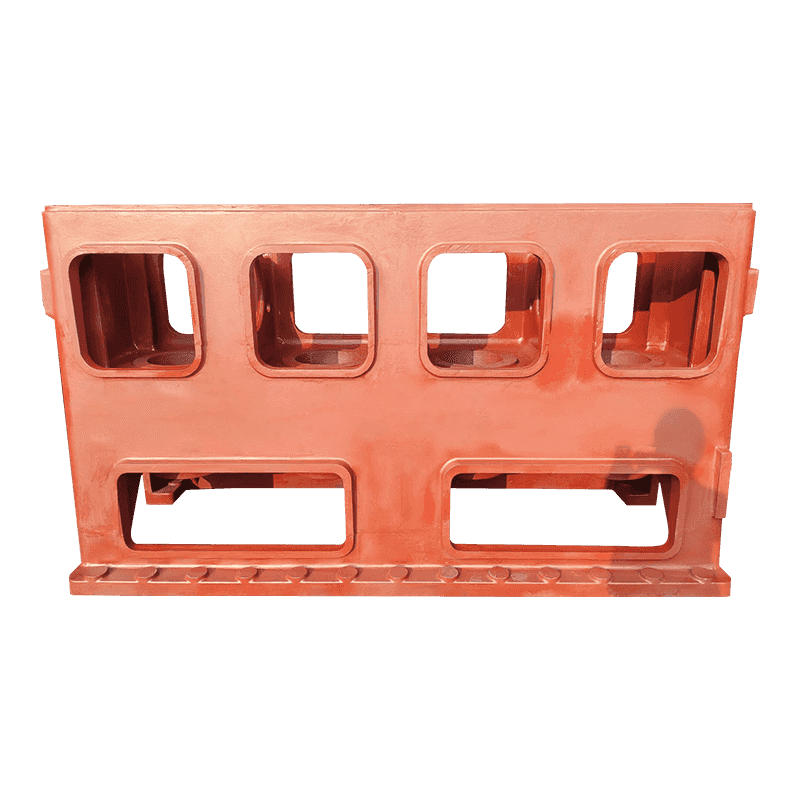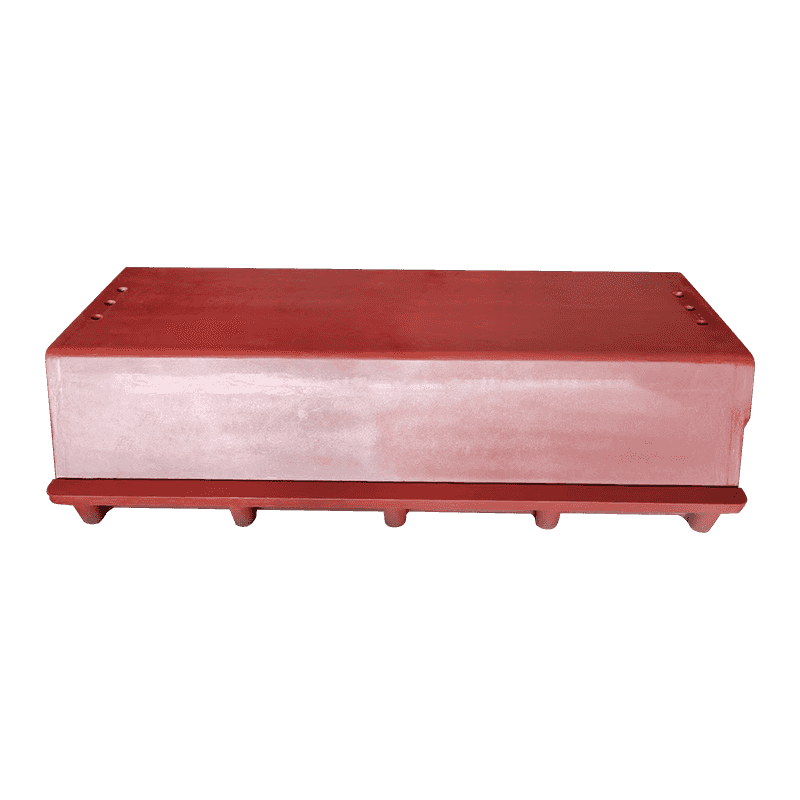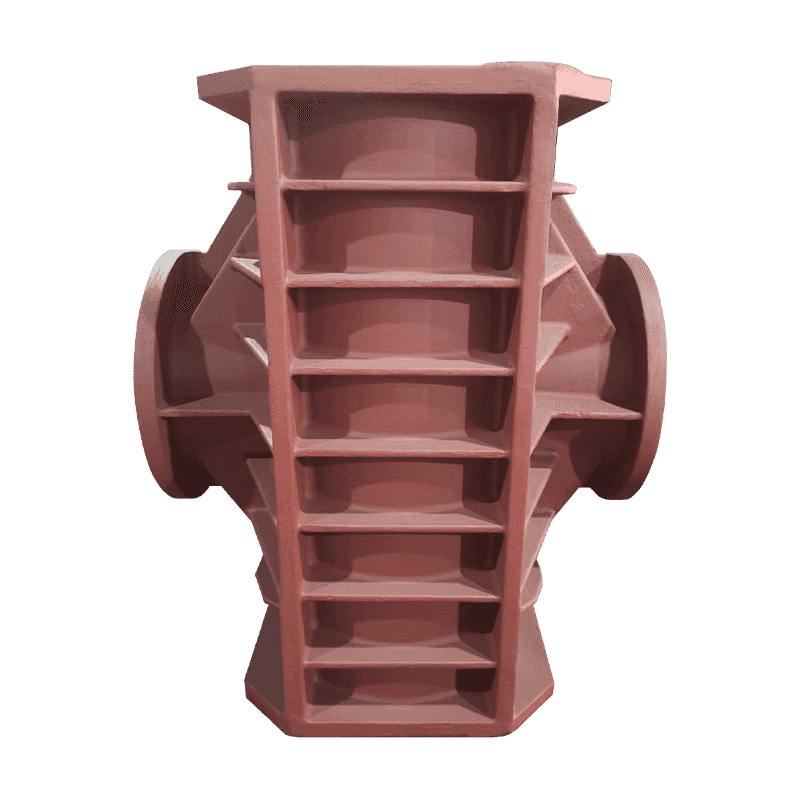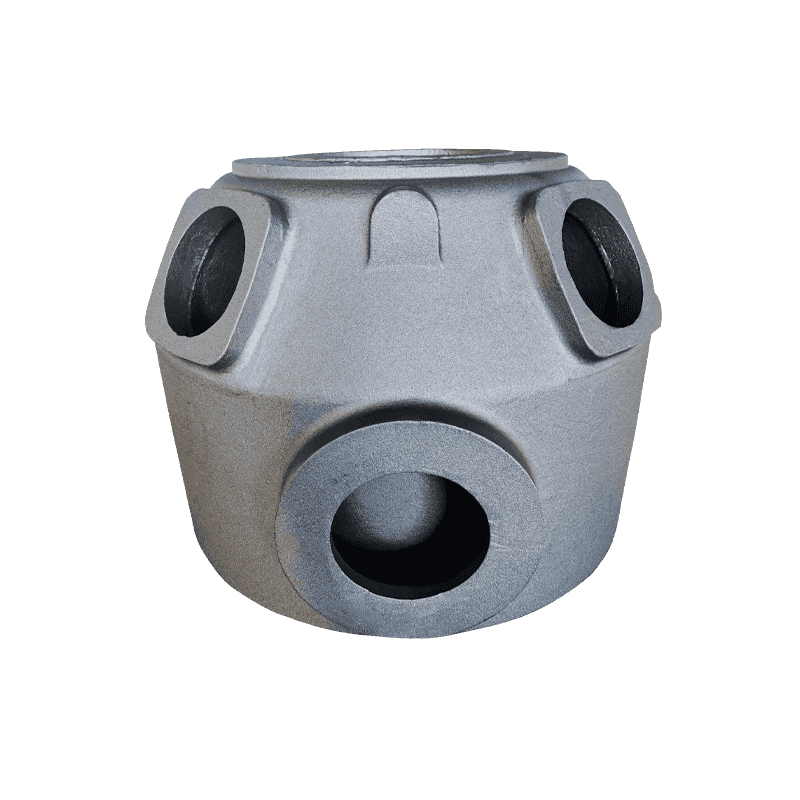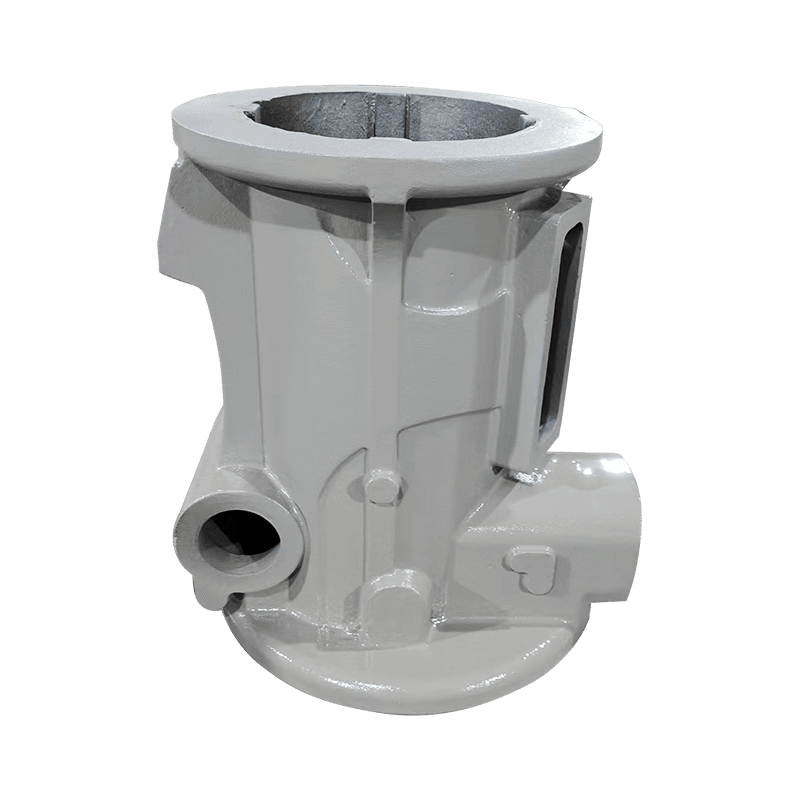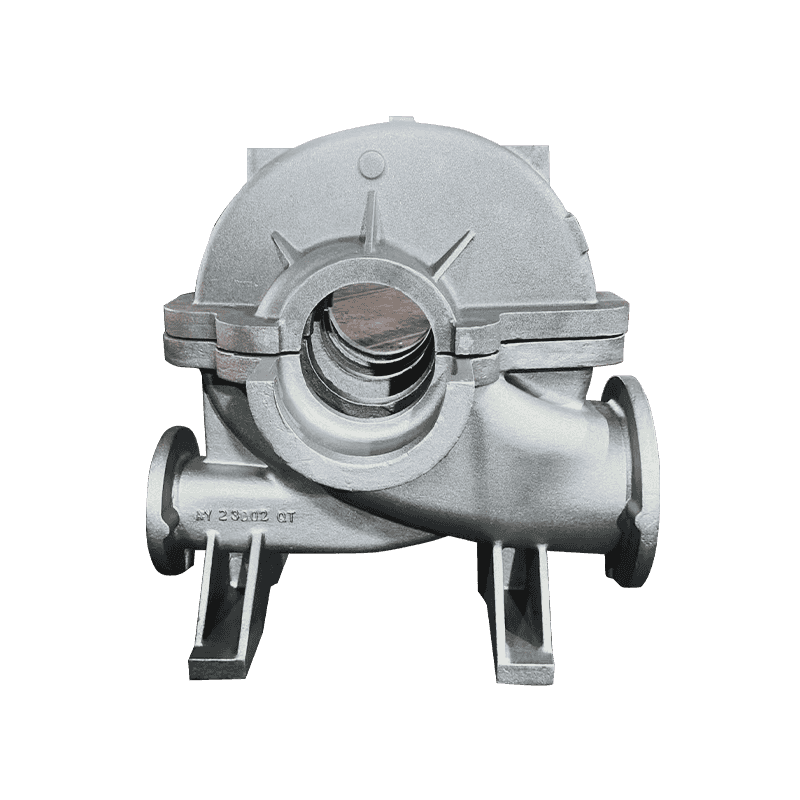The precision of the compressor bearing seat is crucial for ensuring proper alignment of the bearings. Misalignment can lead to uneven wear, excessive vibration, and inefficient operation. A well-designed bearing seat ensures that the bearings remain aligned with the rotating shaft, preventing any wobble or irregular motion that could increase friction and reduce the compressor’s efficiency. Proper alignment also minimizes energy losses by ensuring that the motor or crankshaft rotates smoothly without added resistance.
A well-designed compressor bearing seat is engineered to distribute the operational loads evenly across the bearing. When the bearing seat is optimized for load distribution, it helps prevent localized wear, reduces the likelihood of bearing failure, and improves the compressor’s overall performance. If the bearing seat design leads to uneven load distribution, some bearings may experience excessive stress, which can cause premature failure and decreased efficiency. A balanced bearing seat design ensures that the load is shared across the bearings, contributing to the smooth operation of the compressor and improved energy efficiency.
Vibration and noise are inherent in compressor systems, especially during high-speed operations. The design of the compressor bearing seat influences the ability to control and dampen vibrations. A properly designed bearing seat can help reduce unwanted vibrations by ensuring that the bearings are securely held in place, minimizing movement and the resulting mechanical noise. This contributes not only to improved system efficiency but also to a quieter operation, which can be particularly important in environments that require low noise levels.
Compressor systems generate significant amounts of heat during operation. The design of the bearing seat can impact the ability of the compressor to dissipate heat. Bearing seats with effective cooling features or those made from materials with high thermal conductivity can help to dissipate heat away from the bearings, reducing the risk of overheating and preventing thermal degradation of the bearing material. Effective heat management ensures that the compressor operates at optimal temperatures, which improves the overall efficiency of the system and extends the life of the bearings.
The materials used in the design of the compressor bearing seat are key to ensuring durability and efficiency. Materials that offer high resistance to wear, corrosion, and temperature fluctuations will contribute to a more reliable and efficient compressor. For example, bearing seats made from high-strength alloys or treated metals are more resistant to wear and thermal expansion, which can reduce maintenance requirements and improve long-term performance. The material’s ability to resist wear and handle the compressor’s operating conditions directly impacts the efficiency of the compressor over time.
The design of the compressor bearing seat must also take into account the lubrication system of the compressor. An efficient lubrication system helps reduce friction between the bearings and the bearing seat, ensuring smooth operation and reducing energy losses. The bearing seat design should facilitate the even distribution of lubricant to the bearing surfaces and allow for proper oil flow channels. Poor lubrication can lead to increased friction, overheating, and premature bearing failure, all of which reduce the overall efficiency of the compressor.
The design of the bearing seat can affect how easily the bearings can be maintained or replaced. A well-designed bearing seat may allow for easier access to the bearings, reducing downtime for maintenance or repairs. Ease of access helps ensure that the compressor remains in optimal working condition, avoiding performance degradation due to overlooked maintenance. In compressors with poor bearing seat design, difficult access to bearings can lead to extended downtime and, potentially, inefficiencies in the system.

